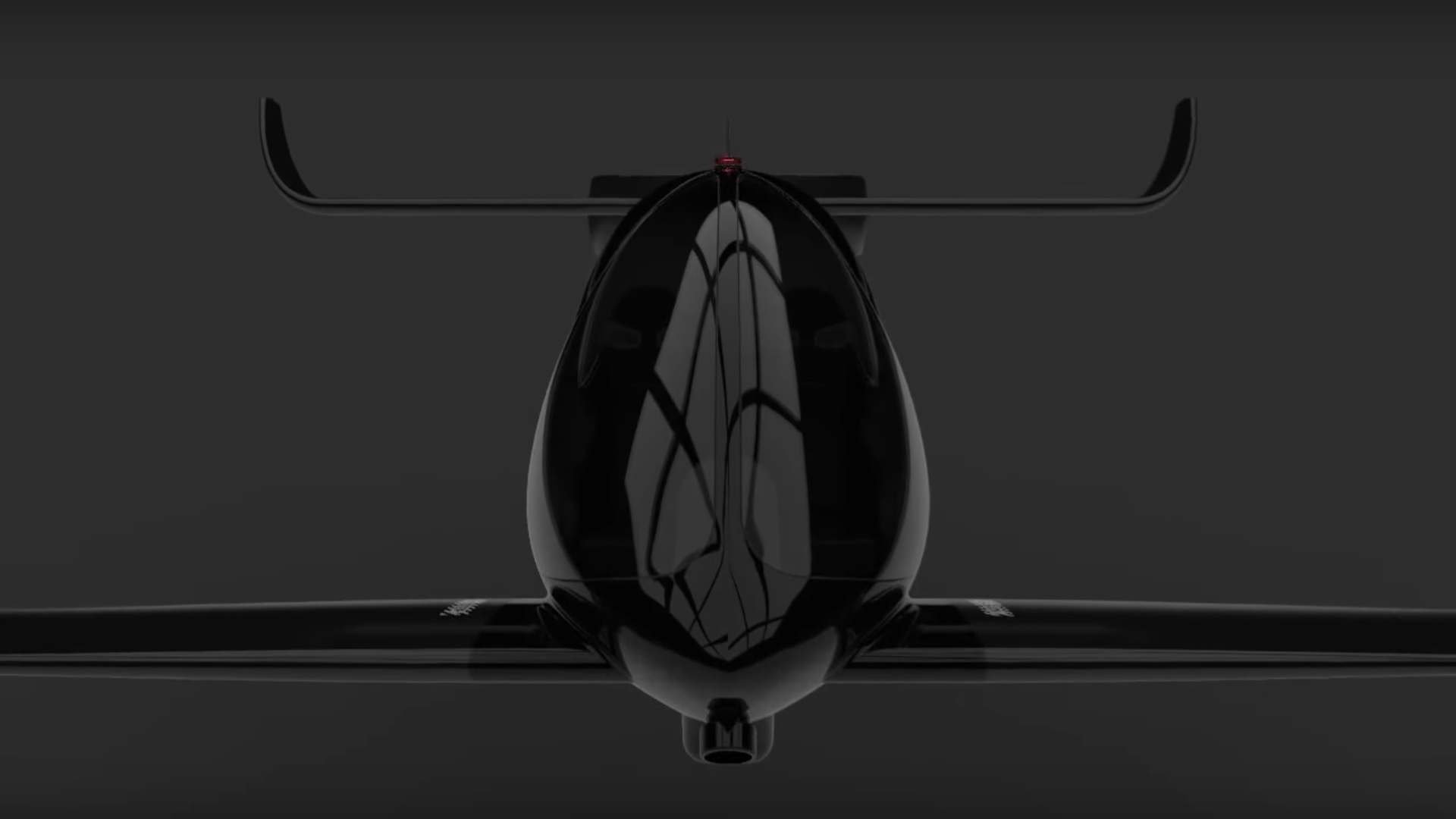

If, like me, it takes you up to an hour to get to the airport due to horrific traffic on the ground, you may be curious about the alternatives. A UK firm is currently hard at work on an autonomous passenger drone that could transport Londoners from the Charing Cross train station in Central London to Heathrow Airport in 12 minutes. Now that’s a pretty exciting alternative.
According to Sky News, entrepreneur Martin Warner’s start-up, Autonomous Flight, might actually begin testing the autonomous Y6S drone this year. Warner sees this not merely as a tool to get to the airport more rapidly, but as a stepping stone to an inevitable phase where everyday citizens take aerial cabs to work. “One day, absolutely, there’s going to be an air shuttle system and people using autonomous passenger drones or indeed piloted drones as another form of getting to work,” said Warner.
Reportedly, when asked about the very real fear of flying—particularly when there’s no one at the helm—Warner is confident that our already established trust in the sophisticated tech and guidance systems implemented in contemporary aircrafts will be strong enough to get customers on his side. “There are multiple flight redundancies which are multiple uses of technology to ensure that if there is a single point of failure the aircraft will either land or fly you to where you need to be,” said Warner.
Last year, Shenzhen-based drone manufacturer DJI was singled out by the US government regarding the cyber-vulnerability of its products when the Pentagon issued a government-wide ban on using any of the company’s products. This prompted DJI to swiftly develop an offline ‘local data mode’ as a response and plead to regain trust. How confident would passengers be taking an unmanned drone to work with the knowledge that hackers with nefarious intents are, indeed, out there?
Warner doesn’t dismiss this concern but seems steadfast in his company’s ability to prevent any potential hacking hazards.
“You have to assume that you are one step ahead in terms of encryption and constantly reviewing that,” he said. While that’s true, and sounds assuring, it is most likely that case that everyone who ever got hacked thought they’d done the utmost not to. He added, “These are serialized, they’re tracked, we’re not flying over oceans, they’re dying short distances.” Rest assured that if your battery-powered passenger drone gets hacked with you in it, and is downed forcefully, it’ll be during a short-distance fight.
Curious, yet? Have a look at Autonomous Flight’s short promo-video.

According to Sky News, test flights have already taken place near the Kent-Surrey border. These have foregone the inclusion of passengers. We’ve seen quite a few companies test their taxi-drones last year such as the Volocopter and Ehang in Dubai, as well as hearing Uber’s plans to use Los Angeles as its second test-city. Frankly, it seems like the logical next step, and simply a matter of time, before passenger drones become part of our new reality. The most vital component here is not getting there first, but getting there safely. Reportedly, Warner is confident we’ll get there within five years. We’ll just have to wait and see.